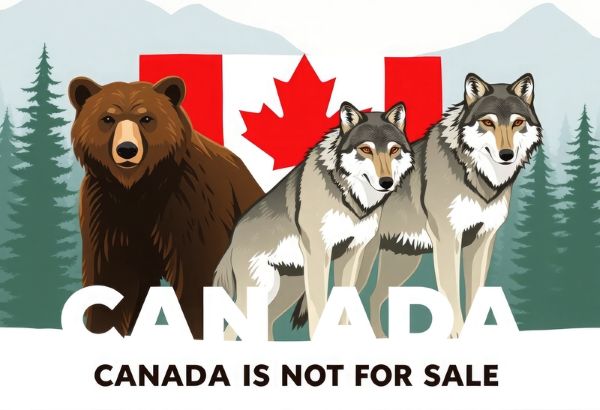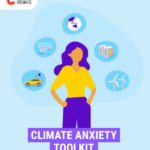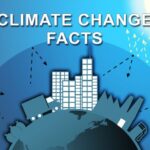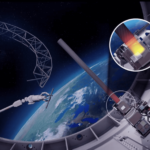
When you see print advertising today, there is usually a barcode present. Using a smartphone’s camera reveals a weblink or other information. The barcode scanning capability of smartphones provides empowerment to consumers who can use the revealed information to make discriminating choices. This has never been more evident to me since the outbreak of the tariff war between the United States’ Trump administration and Canada as well as many other countries.
A hat that I have worn since retiring from my technology consulting business is focused on developing grassroots policy for the Liberal Party of Canada. I run policy meetups where those who come are asked to make suggestions. The latest meetup looked at how Canada should respond to Donald Trump’s annexation and tariff threats. The group came up with many good ideas, but were unanimous in one: Canadians need to buy Canadian. A “Made in Canada” and “Buy Canadian” campaign is underway across the country, and smartphone apps with barcode scanning capability are tailored to help shoppers make discriminating choices.
I have a Google Pixel 7a Android smartphone. A quick search of the Play Store found many apps that are undoubtedly equally available to iPhone users. A Google search also discovered useful websites that identified where to buy Canadian. Here are the websites and app sites I quickly discovered:
- Made In CA and Bycanada are online sites for Canadians wanting to find stuff produced by Canadians. The former covers automotive, clothing, electronics, food, furniture and home furnishings, Internet and web services, artists and artisans. Want bananas sourced by a Canadian fair trade company with no American middleman? You can do that. The latter is a crowdsourced website that provides a compendium of Canadian tech providers.
- Buy Canadian, Shop Canadian, O SCANada, and Buy Beaver are all smartphone apps you can use in stores to scan barcodes and identify the origin of the manufacturer and ingredients of products at a glance. Some even reveal ratings and provide suggestions for alternative Canadian brands, as well as invite consumers to find and rate products that are Canadian-sourced.
The above is by no means complete, and I encourage you to do your online search or visit the iPhone App and Google Play Stores to see for yourselves. One thing is certain, it appears there is nothing like getting emotions high, which in Canada appears to have happened with Trump’s 51st state annexation threats and his tariff announcements that have Canadians on the invention warpath.
Wouldn’t it be wonderful to harness all that passion and apply it to other challenges Canadians face? Barcode-accessible data apps could serve all of us well when applied to other issues important to us.
For example, food. The nutritional content of packaged foods is always somewhat of a mystery. Current labelling lists vitamins, fibre and protein percentages but doesn’t untangle the mystery of whether this is what we need in the packaged foods we buy. Nutri-Score is a labelling system first introduced in France in 2017 and now adopted by several European Union (EU) countries. It provides consumers with barcode-scannable nutritional information in greater detail than what can be found in print on the packaging.
What about climate change? Similar to Nutri-Score, there have been attempts to add carbon content in packaged foods to product labels. Rather than a green symbol, the eco-content could be specific to carbon footprint. An Australian company in 2019 called GreenSWRM introduced barcode scanning for carbon content. The SWRM app was only available on iPhones.
Another Australian app developer, from The George Institute for Global Health, recently produced ecoSwitch, an app for Apple and Android smartphones. It is only available for use in Australia. Use it to barcode scan packaged foods to calculate the products’ carbon footprint contribution.
Where nutritional content appears to be increasingly acceptable beyond the EU, carbon content labelling remains a work in progress beyond Australia. This is unfortunate because climate change represents a much bigger existential threat than Trump’s tariff wars and annexationist threats against Canada.
As for the proliferation of barcode apps to identify Canadian-sourced products and merchandise, should Donald Trump’s tariff wars continue against the EU and other nations, I imagine other countries will launch similar apps to the many “Buy Canadian” ones that are emerging rapidly since November 2024.








